Subtotal: د.م. 175,00
The Altar of the Dead
د.م. 60,00 – د.م. 110,00
“The Altar of the Dead” is a symbolic novel that explores the meaning of grief and forgiveness through the story of a man who commemorates the dead through an altar of candles. His struggle with a mysterious woman who honors someone who betrayed him reveals tension between memory and enmity. A work that combines psychological analysis and spiritual contemplation, with a touch of mystery. An open ending that reminds us that peace may lie in overcoming wounds. 🕯️👻💔
Description
The novel “The Altar of the Dead” by the American-British writer Henry James is considered one of his deep works that explores death, memory, and forgiveness. Its events revolve around George Stransom, a man who establishes a symbolic altar in a church to commemorate those he has lost, where he lights candles bearing the names of the deceased. During his frequent visits, he meets a mysterious woman who comes to honor someone who was the cause of Stransom’s betrayal in the past. The question is posed: Can forgiveness surpass the wounds?
The novel provides a precise psychological analysis of the hero’s internal conflict between loyalty to the memories of loved ones and the refusal to acknowledge those who have wronged him. James employs symbolism skillfully; the altar is not just a place of remembrance, but represents man’s attempt to control his fear of death through rituals and memory. The language is rich in suggestions, and focuses on internal reflections more than external events.
The story also addresses the idea of “enmity after death,” where feelings of love and hatred clash in a spiritual framework. The mysterious woman symbolizes mercy or faith, while Stransom represents the conflict between mind and heart. The ending is indirect, leaving the reader to contemplate the meaning of forgiveness and inner peace.
James avoids the traditional plot, and focuses on the philosophical and psychological aspects, which makes the work closer to a philosophical contemplation on the nature of grief. The style is intense, with long sentences that match the depth of the topics presented. The novel is an invitation to think about how death affects the living, and whether memory can be a bridge to healing.

 A Perfect Story
A Perfect Story 
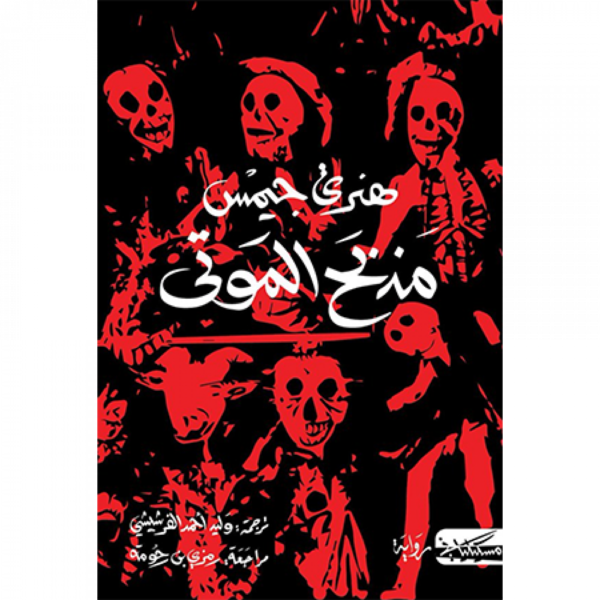


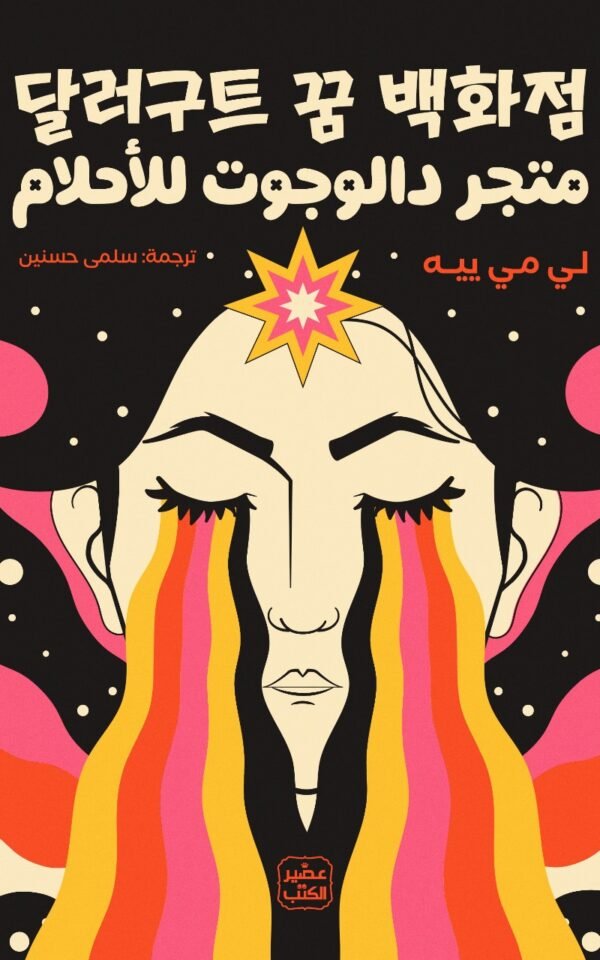


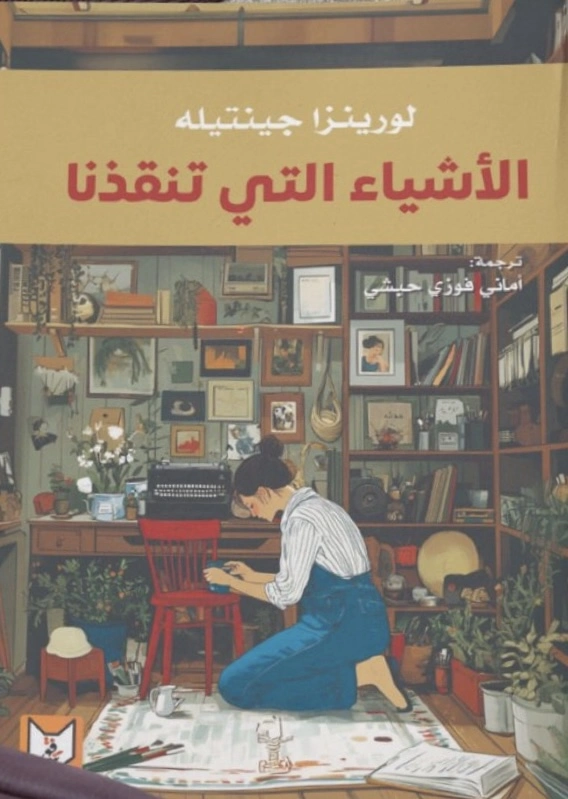


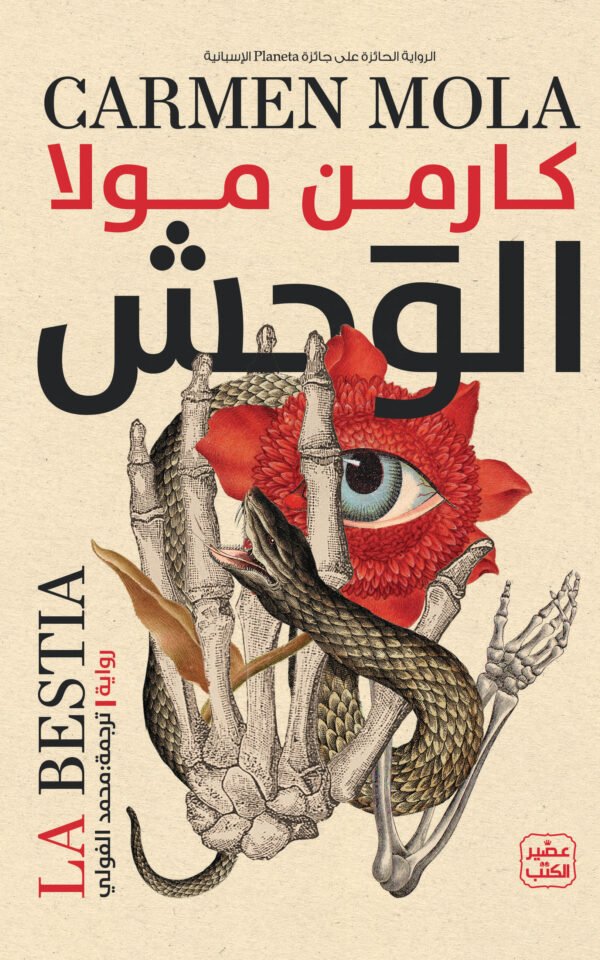




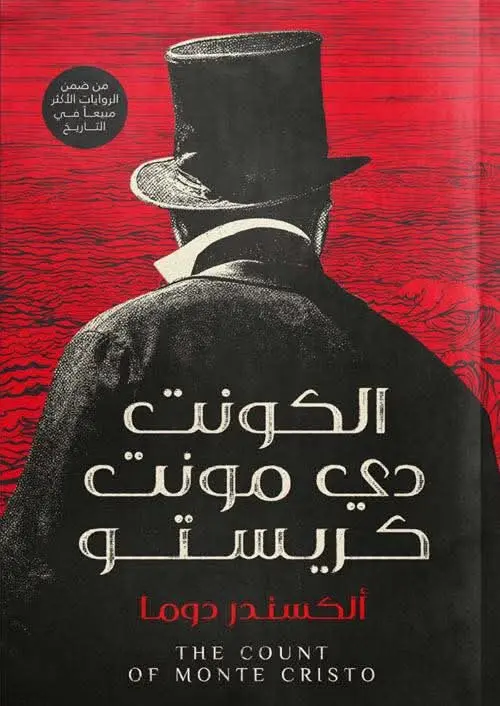







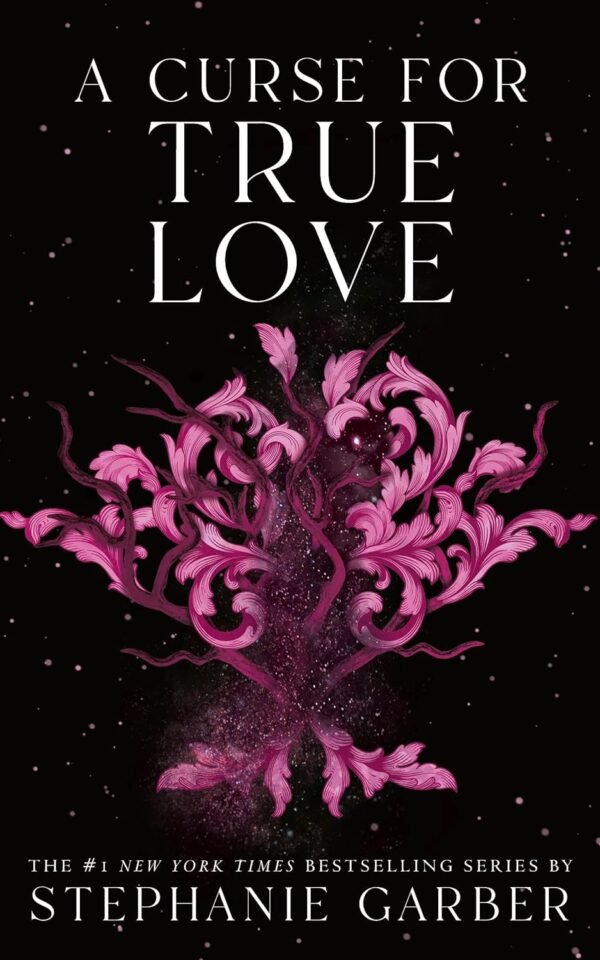


Reviews
There are no reviews yet.